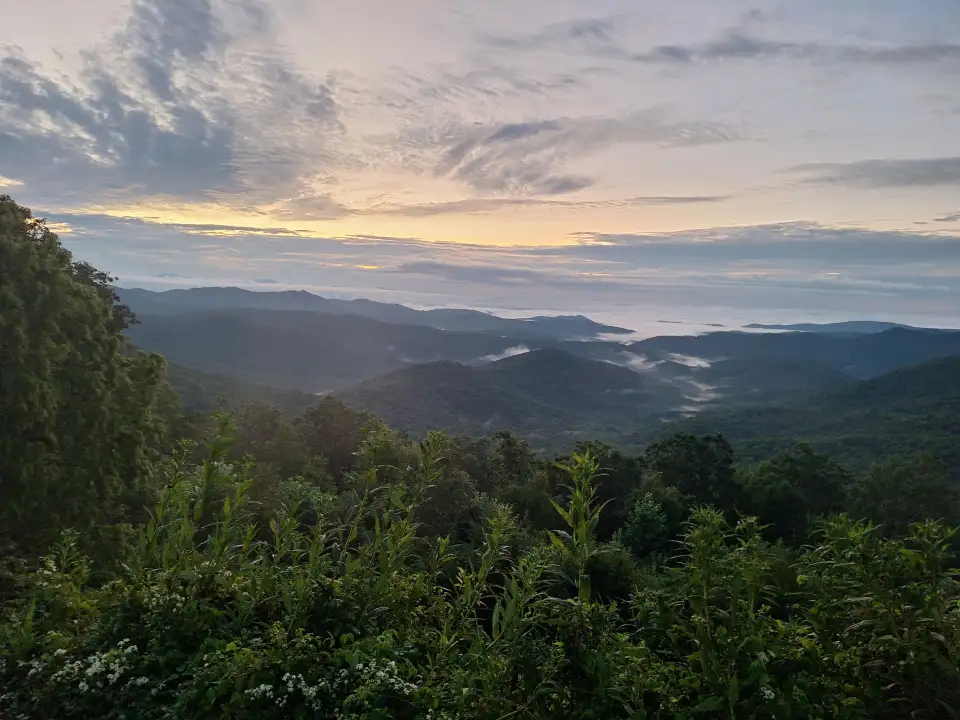Asheville, N.C., October 1, 2024 – If you’re reading this in early October, you probably know more details about Hurricane Helene than the people of Western North Carolina do. Communication is still limited between this part of the state and the outside world due to widespread internet and phone outages. While some are beginning to have power, phone, and internet services restored, many people remain in the dark and have not been able to contact friends and family to let them know they are alive. Virtually no one has running water, which is something that is unlikely to change for several weeks. Should we want to leave, there are a few highways out of town (up from zero on Friday, as I learned firsthand). Some folks in more rural areas cannot access the interstate or even major roads, leaving them more or less stranded.

Letter From Asheville
There has been an outpouring of sympathy and support from around the country and the world. It is incredibly heartwarming, and everyone here recognizes that help is on the way.
While the thoughts and prayers are appreciated and have been heard loud and clear, the tangible resources we need to survive have just started to trickle in. The commercial arteries that lead in and out of this part of the country have been impassable due to rockslides, mudslides, and washouts. Meanwhile, communication between federal, state, city, and volunteer agencies has been severely disrupted due to lack of cell and internet service, making it difficult to create distribution networks so that resources can go where they need to once help arrives.
The real-world consequences of this level of paralysis are dire. Ad hoc crews of volunteers have formed and are doing their best to get things like water to the most vulnerable members of the community. However, without distribution networks in place or reliable sources for necessities, these crews have to create such networks from scratch every day. It is incredibly time- and resource-intensive at a time when efficiency is absolutely paramount.
It shouldn’t be like this.
What I have witnessed is the opposite of resiliency. Threadbare lines of communication and aging infrastructure cannot sustain growing or thriving communities, nor can they withstand historic storms like Helene. They have failed, and they will continue to fail until people wake up to the fact that we can’t continue sleepwalking through this ongoing crisis and idly stand by as failure begets tragedy.
What is so frustrating is that there is a perverse insistence that the improvements we need to make to our infrastructure will cost too much or be too disruptive. This rationale is based on a type of reasoning that is more wishful than realistic. It is also deeply misguided, since the cost of maintaining and updating something like a bridge is more cost-effective than scrambling to build a new one following a collapse. I recognize that no amount of planning or infrastructure investment will prevent all failures in truly catastrophic events, but it will mitigate the damage and the ultimately make communities more resilient to stronger storms like Helene.
We focus a lot on climate resilience at the Accelerator. It’s what motivates us—as well as others throughout this community—because we recognize that resilient buildings can help keep the most vulnerable safe during times of crisis and disaster. Though we often focus on resiliency at the individual building level, having resilient public infrastructure is just as important. Without modernized roads, communications, and water systems, as well as decentralized electric systems, even the most high-performing buildings become partially habitable islands.